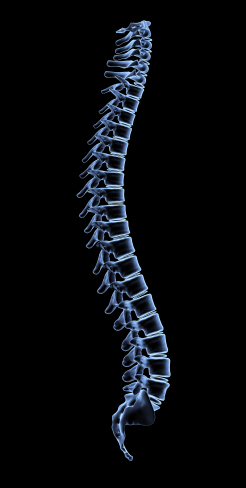Spinal Cord Injury Lawsuits & Trials
 The spine is like a neurological road map to the rest of your body. If you look at a picture of it, you can see branches shooting off to your arms, legs, and other organs. That means that anything that can happen to it can have an impact on your ability to control other parts of your body.
The spine is like a neurological road map to the rest of your body. If you look at a picture of it, you can see branches shooting off to your arms, legs, and other organs. That means that anything that can happen to it can have an impact on your ability to control other parts of your body.
Many people understand the term paraplegic, or loss of control over two limbs, or quadriplegic, or the loss of control of four limbs. But many spinal cord injury patients could face bladder issues, sexual dysfunction or worse as a result of their condition, without realizing that it’s related to their spine.
Eliminating that confusion is part of the goal of this blog. For the flexibility of the spine and it’s interrelation to the rest of the body, it’s not common knowledge that it does control other aspects. I’ll take a more in-depth look at the relation of it to bowel movements, and other less known concepts.
But I also want to delve into what treatments are available and how successful they’ve been. It can take a holistic approach using different strategies and specialists, which can add to the confusion that people have about the healing process.
And, since costs can mount more quickly than people realize, I’ll also focus on how to show that you have a spinal cord injury and how to demonstrate the relationship between a personal injury and the ongoing care that such a condition can cause.
Finally, the preponderance of care often falls on a family member or loved one to help the injured person regain some of their mobility or even to perform common daily tasks. So I’ll help address strategies for that, as well as outside resources that may help.

